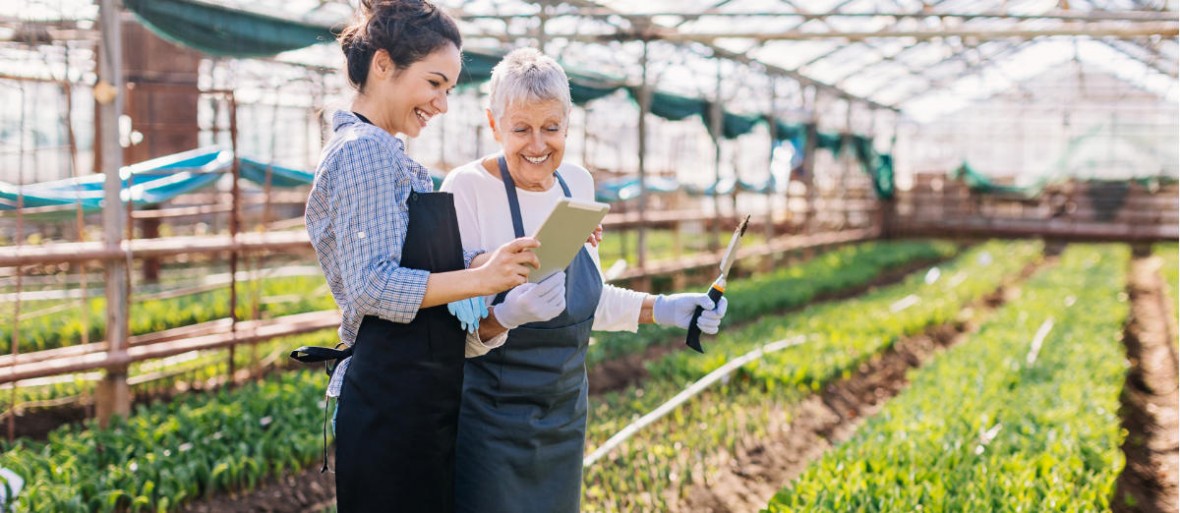One of the challenges for consumer packaged good (CPG) supply chains is the trend towards smaller order size and more frequent delivery. While this approach can help significantly reduce inventory levels and associated cost, there may be tradeoffs.

Smaller orders can require manufacturers to build mixed SKU pallets for their retail customers, involving additional manual handling during the assembly of the order at the manufacturer, as well as at the distribution center when those same orders are sorted and received. Likewise, smaller retail store orders may result in more case touches for distribution center order pickers as they work to build stable pallets from a multitude of SKUs.
Not surprisingly, around 90% of product damage in the CPG supply chain occurs in the distribution center and retail portion, Ben Eugrin noted recently. Eugrin, Director, Supply Chain Solutions for CHEP, stressed that no one is to blame. It is simply the nature of the supply chain. "As you get closer and closer to the consumer, you break things down more, there are more interactions, and with every interaction there is a chance for damage," he said. (Full disclosure, CHEP, like IFCO, is a Brambles company.)
So what is an appropriate packaging solution? Simply put, it is one that finds the lowest total packaging cost. In the graph below, the relationship of packaging cost to the amount of packaging is shown in white, while the relationship between the cost of product damage and the amount of packaging is tracked in red. Total packaging cost per package (the sum of packaging cost and damage cost, is shown in purple. The lowest cost per package is found at the point where cost and damage intersect. At this point, an additional dime spent on packaging would generate a saving of less than 10 cents worth of reduced product damage, on average. On the other hand, reducing the amount of packaging by 10 cents would cause more than a dime’s worth of additional damage. Packaging designers refer to this intersection point as the "sweet spot."
While this approach makes sense, why is product damage still a fact of life in supply chains? One reason for this nagging concern is that packaging decision makers may not take all costs into consideration. For example, programs such as product damage allowances are common in CPG, and they may not always be factored into the damage cost calculation.
Another issue may relate to packaging decision makers not having a complete supply chain view when they settle on a packaging design. They may be unaware of pain points experienced by particular functions or trading partners. Without such feedback, the actual level of damage might be understated.
When packaging design does not accurately account for all product damage costs related to a particular level of packaging, then the packaging decision will be suboptimal. A suboptimal package design leaves untapped potential for supply chain improvement. A better understanding of actual costs may shift product damage costs upwards, creating a new intersection point that speaks to the need for additional investment in packaging, as shown in Figure 2, below.
So how can you make sure your packaging provides the right amount of product protection? For Eugrin, the key is to undertake a collaborative process across the functional areas and the supply chain so that packaging decision makers can more accurately identify costs. "Don’t let them work in a vacuum," he urged. He suggested that the use of a third party can be helpful to facilitate the process and energize it. Look for a partner with deep operational experience, he said, one that can communicate effectively with all parties and facilitate executive reviews.
Of course, it is possible to take a fresh approach to finding your packaging sweet spot by not purchasing containers at all. One way to take advantage of robust containers that significantly reduce product damage without blowing the budget is to switch to a reusable packaging pooling or sharing model, such as RPCs. IFCO RPCs have been shown to reduce packaging related damage in the fresh produce supply chain by up to 98%. Because shippers just pay for the use of the container, rather than its total purchase price, it is possible to get a lot more box for your buck!
Stay up to date
Want the latest fresh food packaging industry knowledge delivered straight to your inbox? Subscribe to our newsletter and get the latest news, trends, articles and more!
